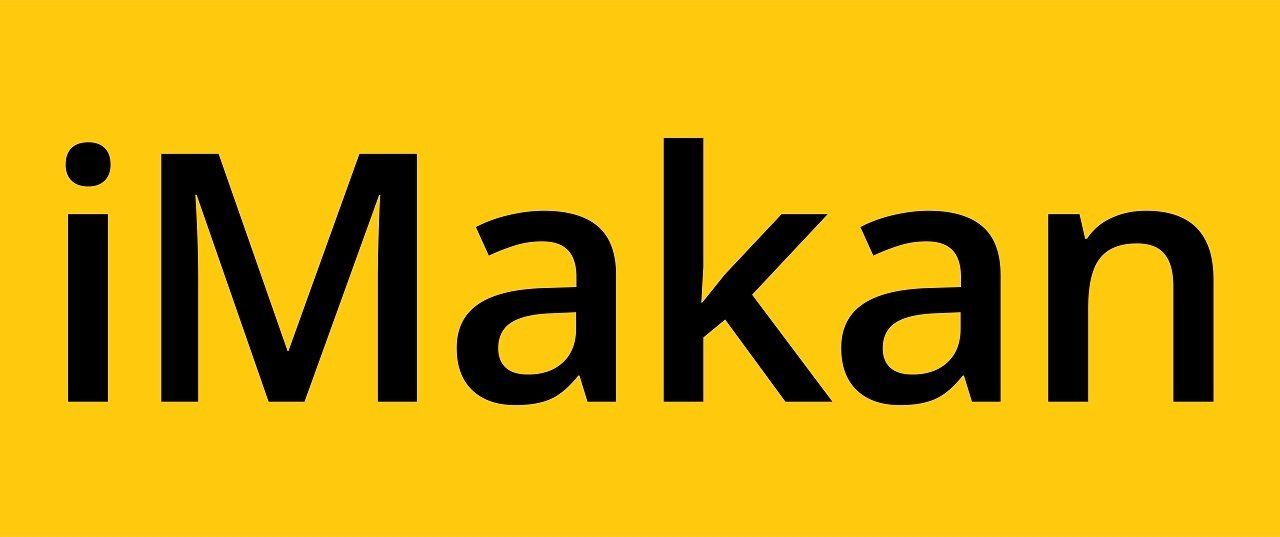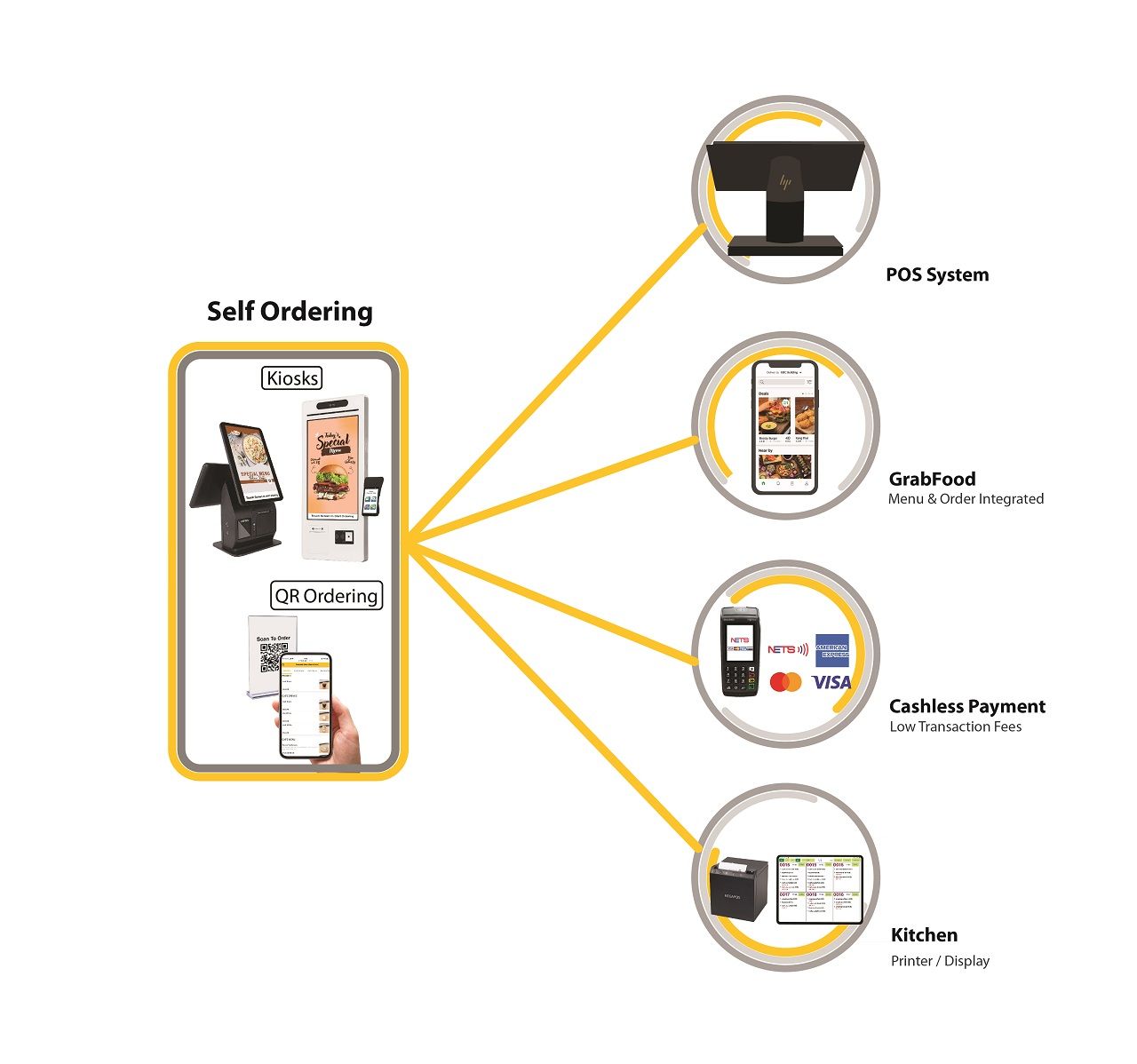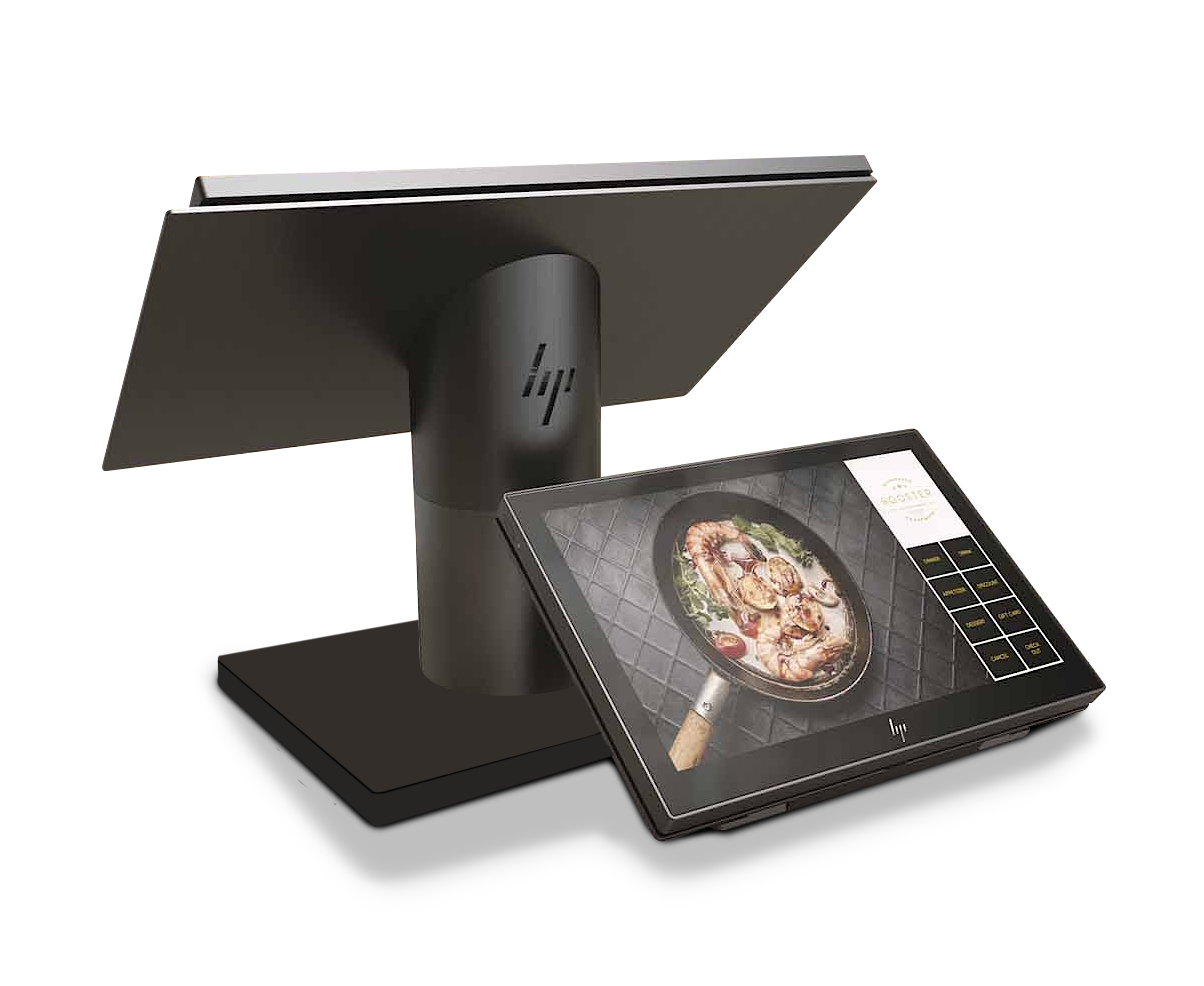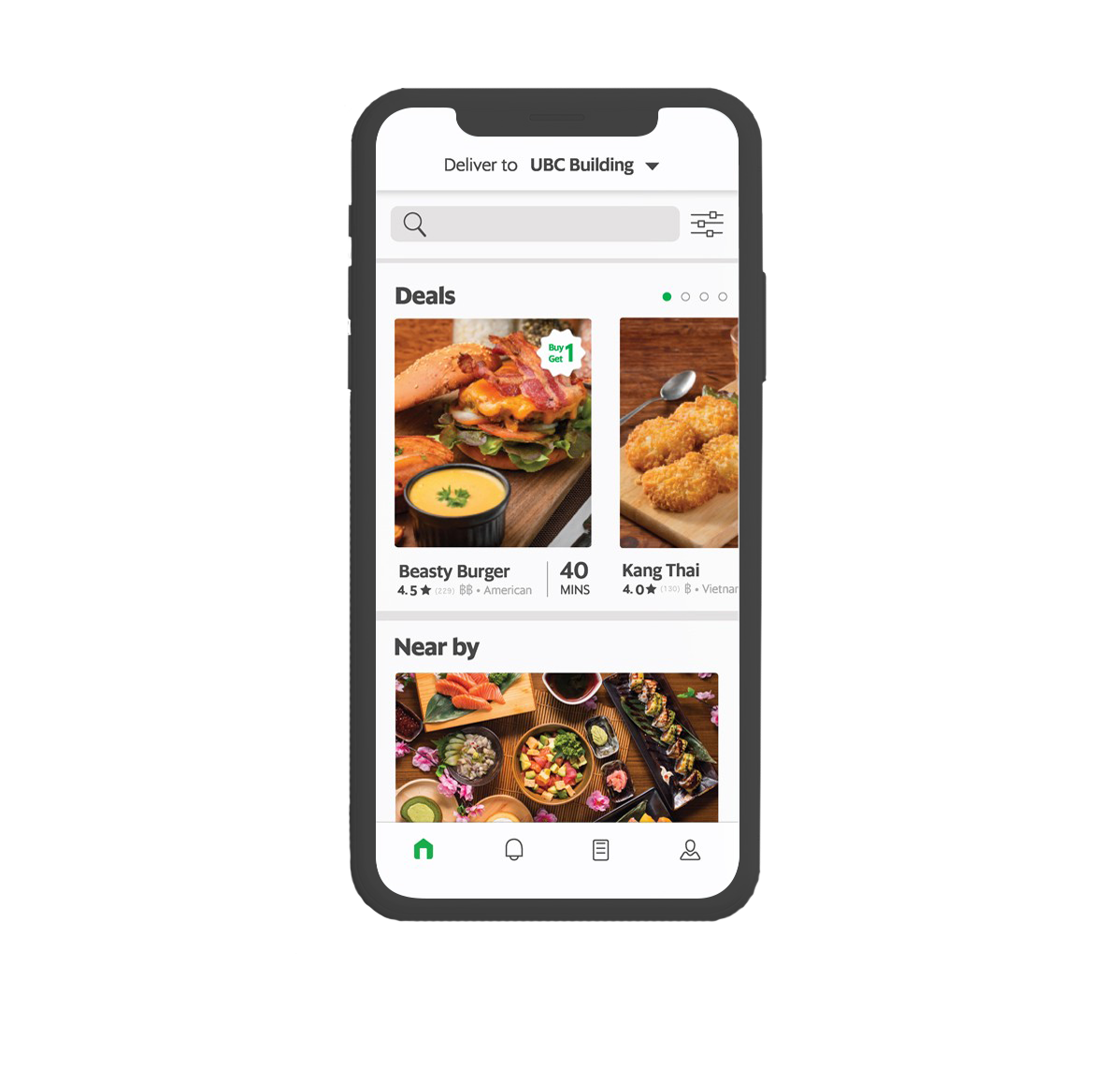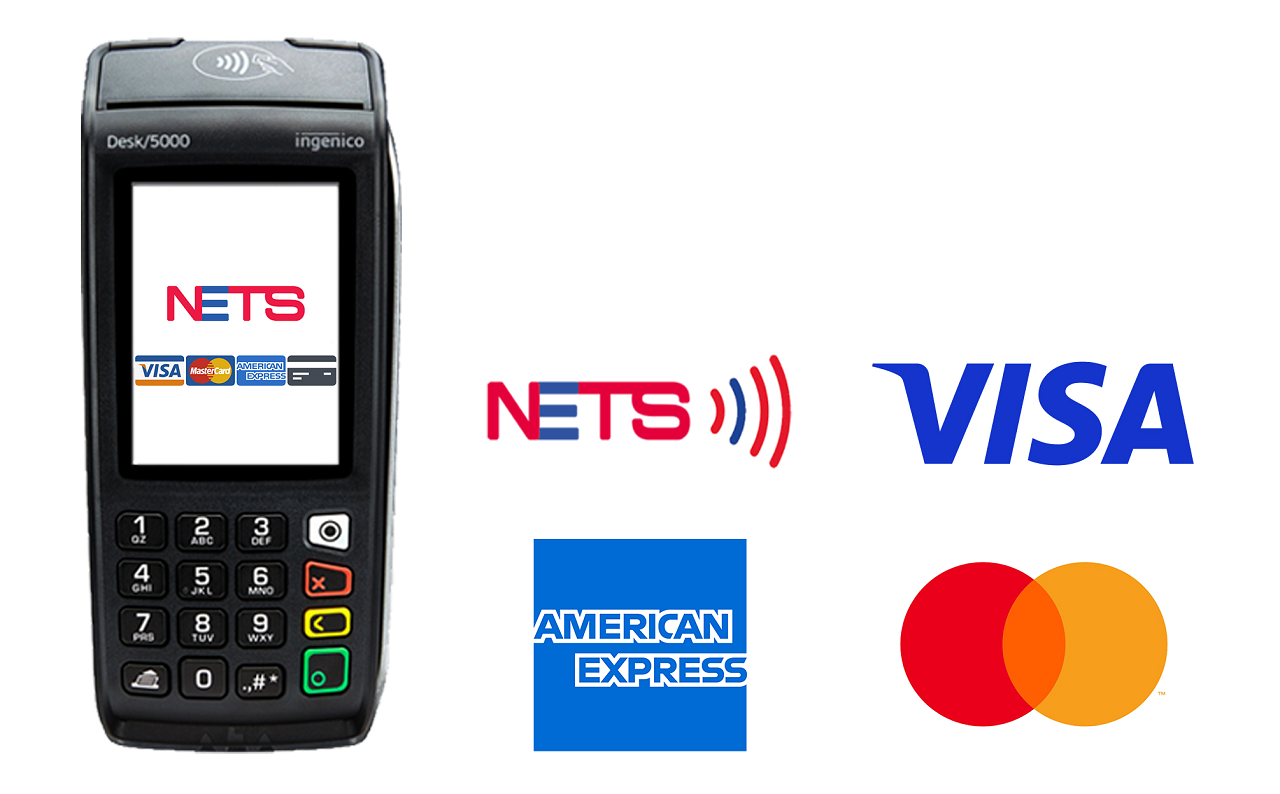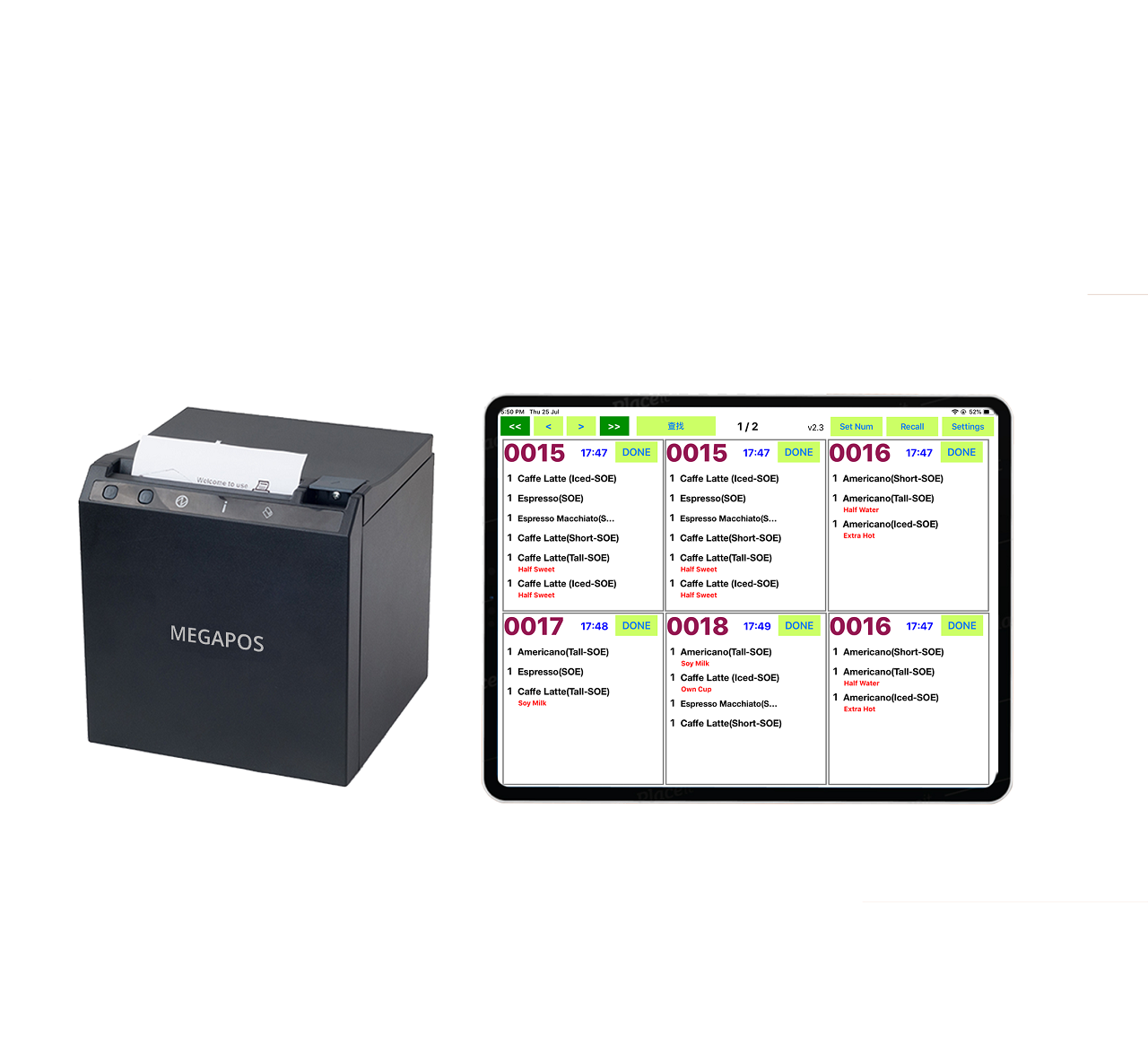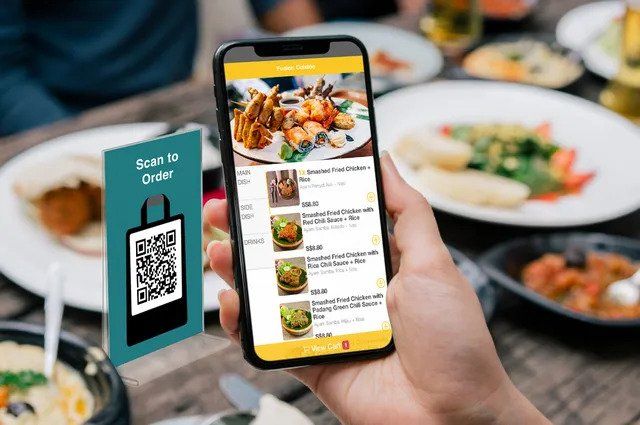Looking for F&B POS System and Self Ordering Systems?
Contact Us
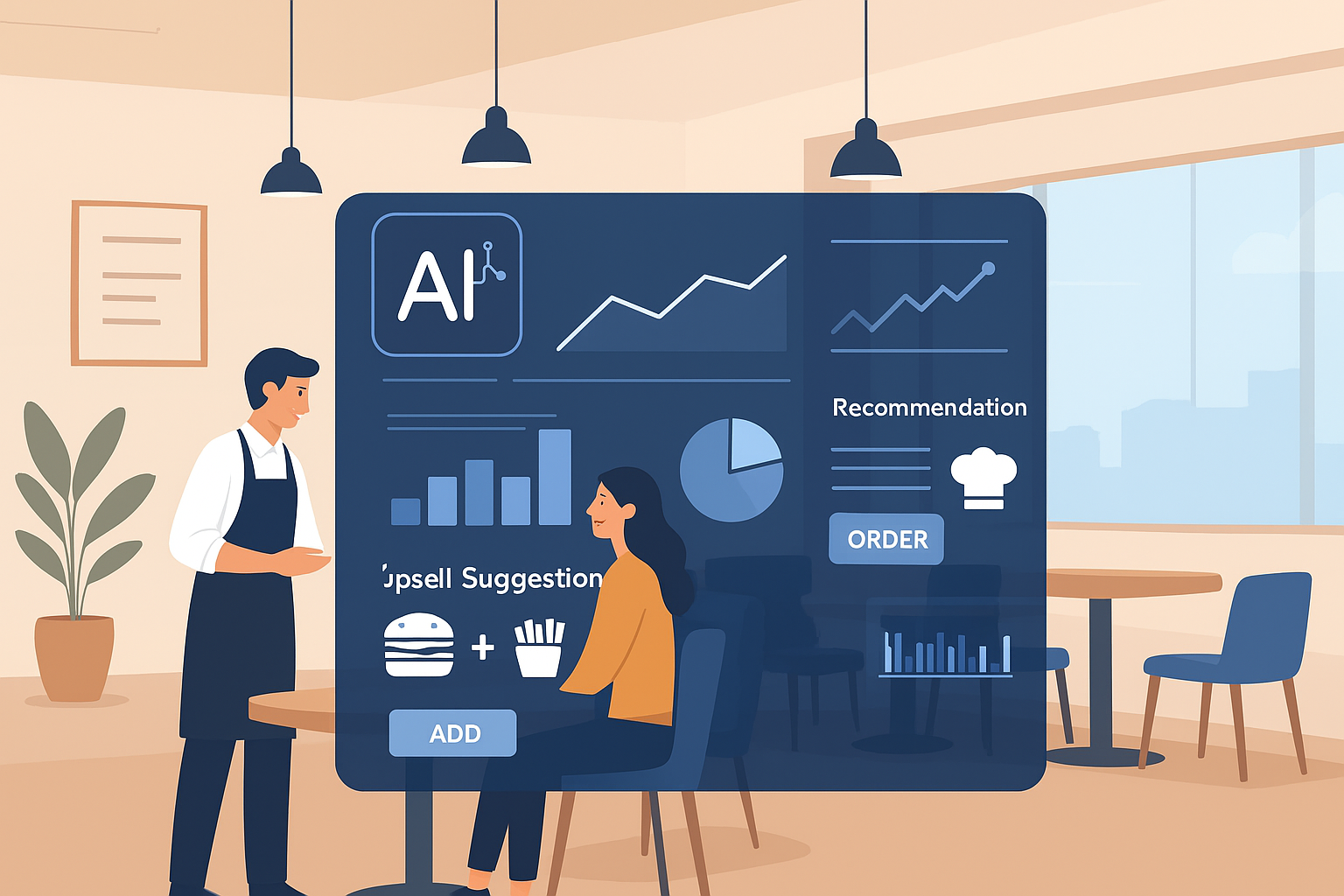
Artificial Intelligence (AI) is no longer reserved for tech giants — it’s now reshaping the way F&B businesses in Singapore operate. Whether you run a café, a hawker stall with digital ordering, or a multi-outlet restaurant chain, AI can make your operations smarter, your marketing sharper, and your profits stronger. Here are 11 ways AI is transforming the F&B landscape . 1. AI Chatbots: 24/7 Service Without Extra Staff AI chatbots on WhatsApp, websites, or kiosks can instantly handle FAQs, reservations, and delivery queries. Customers don’t need to wait for staff, and your team can focus on food and service. It’s like having an extra employee who never sleeps. 2. Personalized Promotions: Relevance Wins Every Time Instead of wasting money on generic discounts, AI ensures offers are tailored to customer behavior. A frequent coffee buyer gets a free pastry offer, while a lunch regular gets a bundle deal. This drives higher engagement and loyalty with lower costs. 3. Dynamic Pricing: Smart Flexibility for Revenue Growth AI adjusts pricing based on demand, stock, or time of day. For example, offer discounts during quiet hours to fill seats or push premium pricing for popular dishes during peak demand. This keeps margins optimized without hurting customer experience. 4. Upsell & Cross-Sell Suggestions: Bigger Bills Automatically Every time a customer orders, AI can recommend complementary items: “Add fries for just $2” or “Upgrade to a set meal.” These automated prompts consistently raise average order value — a key profit booster in F&B. 5. Smart Loyalty Programs: Retain Customers Before They Leave Traditional loyalty points are passive. AI-powered loyalty detects when customers stop visiting and sends targeted offers to re-engage them. By preventing churn, you grow long-term revenue without spending heavily on new customer acquisition. 6. Revenue Forecasting: Plan with Confidence Guesswork is risky in F&B. AI forecasts sales down to the day or even the hour. Managers can then schedule staff, order stock, and prep food more accurately — minimizing waste and boosting efficiency. 7. Profitability Analysis: Focus on What Works Not every dish contributes equally to profits. AI highlights high-margin items so you can promote them more aggressively while identifying “loss leaders” to improve or remove. This ensures every menu decision is data-driven. 8. Fraud Detection: Protecting Every Dollar Unusual transaction patterns, repeated voids, or suspicious discounts can indicate fraud. AI flags these in real-time, helping owners prevent revenue leakage and maintain tighter controls across outlets. 9. Menu Engineering: Science Meets Creativity AI categorizes items into “stars” (high profit, high sales) and “dogs” (low profit, low sales). This helps restaurants redesign menus strategically, giving more visibility to profitable items while trimming underperformers. 10. Customer Taste Prediction: Serve What They’ll Love Next By studying order histories, AI predicts new dishes or flavors your customers are likely to enjoy. For example, if many order spicy chicken, an AI may suggest launching a spicy rice bowl. This reduces guesswork in menu innovation. 11. Trend Tracking: Stay Ahead of the Market AI scans social media and online reviews to identify rising trends — whether it’s bubble tea flavors or Korean-inspired desserts. Acting early allows you to stay competitive and win trend-seeking diners. Conclusion AI isn’t replacing people — it’s empowering F&B businesses to thrive in Singapore’s tough market. From smarter menus to fraud detection, AI equips you with tools to increase revenue, cut costs, and keep customers happy. Looking for a POS system that integrates AI-powered insights and loyalty tools? iMakan is here to help. Click here to schedule a demo!
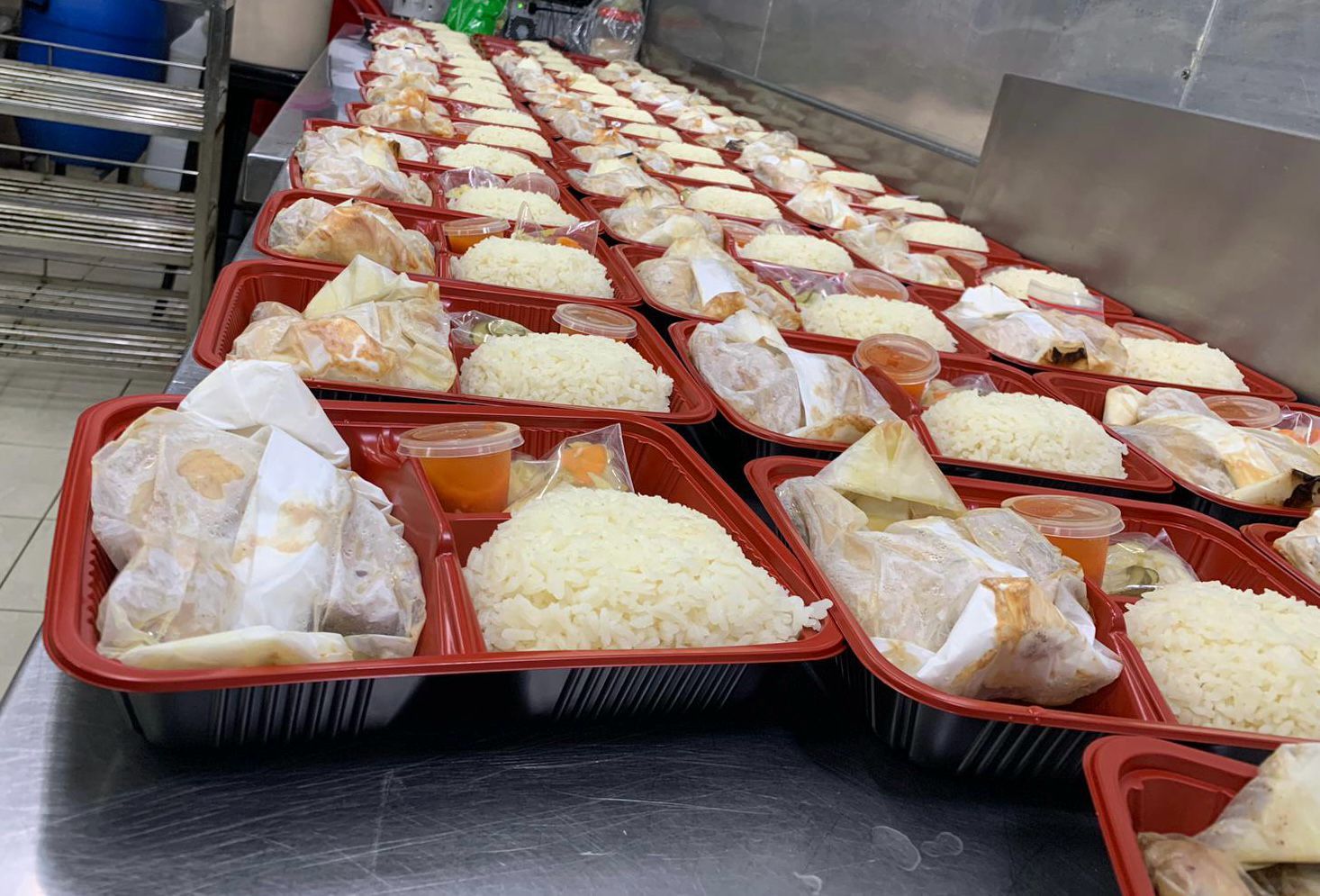
Singapore’s F&B industry has always been resilient, but operators are facing a worrying trend: fake bulk orders . These fraudulent orders are often placed via phone calls, messaging apps, or even online forms — where someone commits to a large catering or group order but never pays or collects the food. While they may appear to be isolated incidents, the reality is that fake bulk orders create serious operational, financial, and reputational damage for business owners. The Real Impact on F&B Operators 1. Food & Resource Wastage Large orders often require businesses to buy extra ingredients, dedicate prep time, and use significant packaging resources. When these orders turn out to be fake, all of that effort ends up in the bin. Unlike unsold food from regular operations, bulk order wastage is concentrated and can reach hundreds of dollars in value at once. 2. Lost Sales Opportunities Kitchens have finite capacity. When chefs prioritize bulk orders, it often means slowing down service for regular dine-in or takeaway customers. In the worst cases, genuine orders are rejected or delayed because the team is occupied — only for the bulk order to be fake. This creates double losses: wasted food and missed real revenue. 3. Operational Stress Managing bulk orders requires careful coordination — from inventory planning to scheduling staff. A fake order doesn’t just waste food; it disrupts the workflow, stresses employees, and affects service quality for actual paying customers. 4. Financial Strain Margins in F&B are notoriously thin. One large fake order could wipe out an entire day’s profit or even push a small café or restaurant into the red for the week. For hawkers or single-outlet businesses, the financial hit is especially painful. 5. Damage to Reputation When operations are disrupted, paying customers often suffer the consequences: slower service, quality drops, or even sold-out menu items. Negative reviews and word-of-mouth from disappointed customers can have longer-lasting effects than the fake order itself. Why It’s Happening More The rise of instant communication platforms like WhatsApp and Telegram makes it easy for pranksters or scammers to place fake orders. Without a payment gatekeeper , businesses have no way to differentiate serious customers from fake ones until it’s too late. How F&B Businesses Can Respond Secure Pre-Payment Implement a deposit policy for all large orders. Even requiring 30–50% upfront can deter pranksters and secure commitment. Adopt Digital Ordering Systems An online ordering platform with integrated payments ensures that orders are only confirmed once payment is made. This reduces fraud and saves admin time chasing customers for deposits. Staff Training Train staff to recognize red flags: suspiciously large orders from new numbers, vague details about collection, or refusal to provide deposits. Simple questioning can help filter out fraudulent requests. How MEGAPOS Protects You With MEGAPOS Online Ordering , merchants no longer need to worry about fake orders. Customers are required to pay upfront online before the order is confirmed. This ensures: Guaranteed payment before food preparation Seamless integration with POS and kitchen workflows Reduced fraud risk and wasted resources Better order tracking for accountability By adopting secure payment-first ordering, F&B businesses can protect their margins, improve staff morale, and focus on serving real customers. Contact us to learn how MEGAPOS Online Ordering can safeguard your business by clicking here .

Imagine a loyal customer leaving your cafe after a delicious meal. They tell a friend about your signature dish, and the friend comes in the next day—eventually becoming a regular too. This chain of referrals is more powerful than any ad campaign. The Power of Customer Referrals Referrals work because they are based on trust . People are far more likely to try a new restaurant when it’s recommended by someone they know personally. This leads to higher customer satisfaction, repeat visits, and larger average orders , all of which increase profits. Key Benefits: Lower Marketing Costs Instead of spending thousands on ads, you can leverage your existing satisfied customers. Every positive referral acts as free marketing , delivering new customers at minimal cost. Boosted Loyalty and Engagement Referred customers are inherently more loyal—they start with a positive perception of your brand. They’re also more likely to engage with loyalty programs, leave positive reviews, and participate in promotions . Stronger Brand Image Word-of-mouth builds credibility. When multiple customers recommend your cafe or restaurant, it reinforces the perception of quality and reliability. Compounding Growth Each referred customer can become an advocate themselves, creating a virtuous cycle of growth . Over time, referrals can generate a network effect that scales your business organically. Making Referrals Happen Offer Attractive Rewards Incentivize referrals with meaningful rewards like: Discounts on next visits Free drinks or desserts Bonus loyalty points Make sure the rewards appeal to your target customers and are easy to redeem. Simplify the Process Make sharing effortless with QR codes, mobile links, or app-based referral systems. The easier it is for customers to refer friends, the more they will participate. Personalize the Invitation Personalized messages increase engagement: “Bring a friend and you’ll both enjoy 15% off your next meal.” Personalized communications show customers that you value their participation. Deliver Shareable Experiences Customers are more likely to refer when their experience is memorable. Focus on: Instagram-worthy dishes Unique beverages or seasonal specials Warm and attentive customer service Encourage sharing with table displays, social media handles, or branded hashtags. Leverage Feedback Loops Ask new referred customers how they heard about you. Use this data to optimize referral campaigns and reward top advocates. Measure Your Success Track your program with metrics such as: Number of new customers from referrals Repeat purchase rates of referred customers Engagement rates with referral tools (QR codes, apps, social shares) Conversion rate of referred leads into loyal customers Referrals are not just a marketing tactic—they’re a strategic growth lever . By encouraging customers to advocate for your brand, providing rewards, and creating memorable experiences, your F&B business can enjoy higher profits, loyal patrons, and sustainable growth . If you are looking for F&B solutions such as a POS system, QR ordering, self ordering kiosks and CRM that helps you manage your referral programmes, click here to find out more
